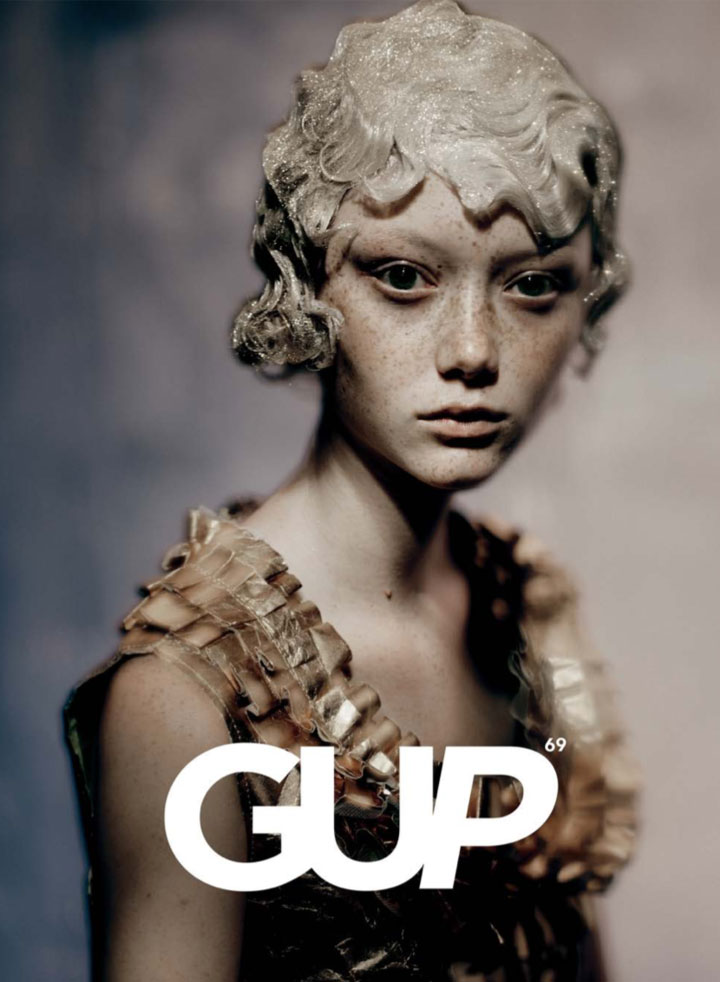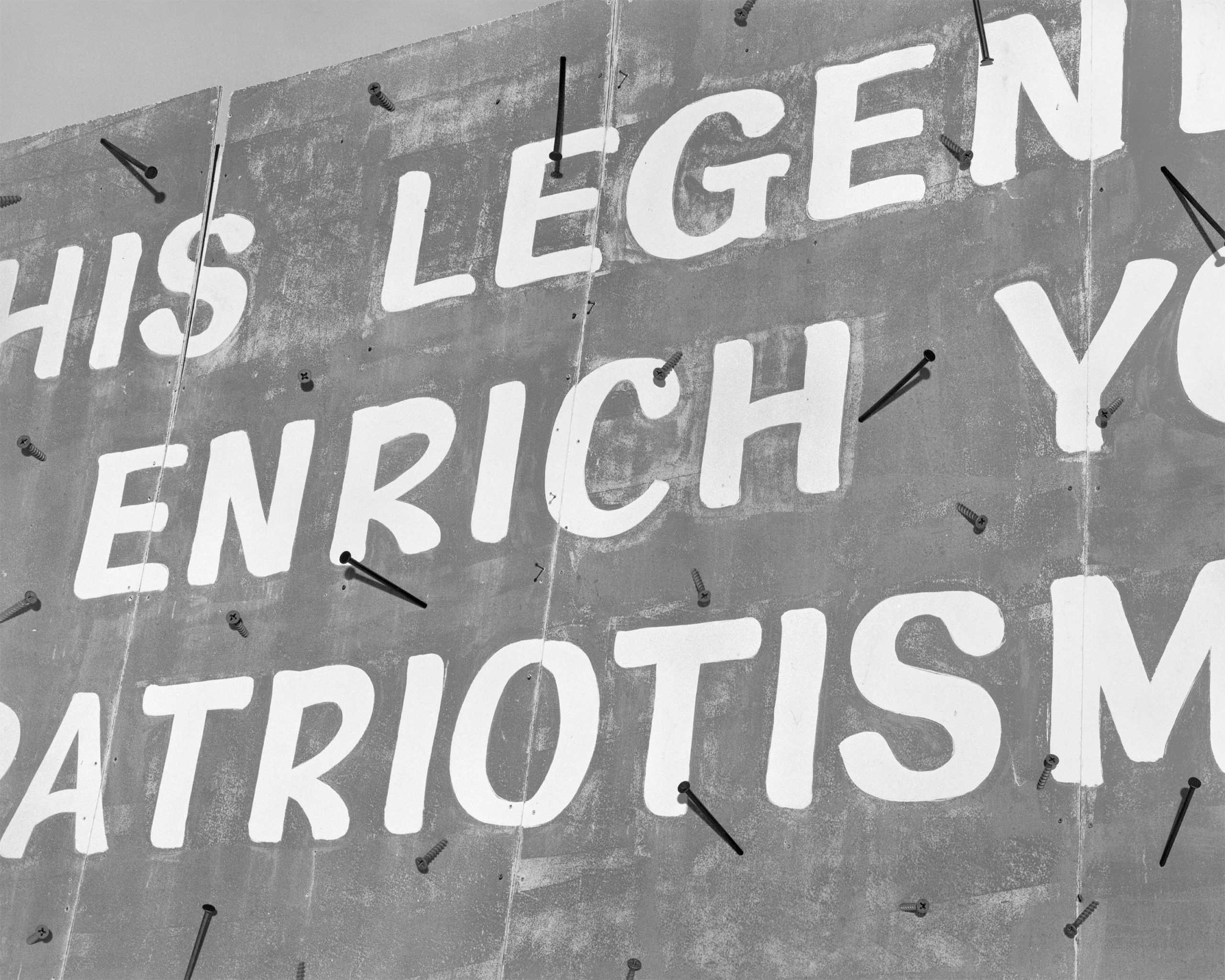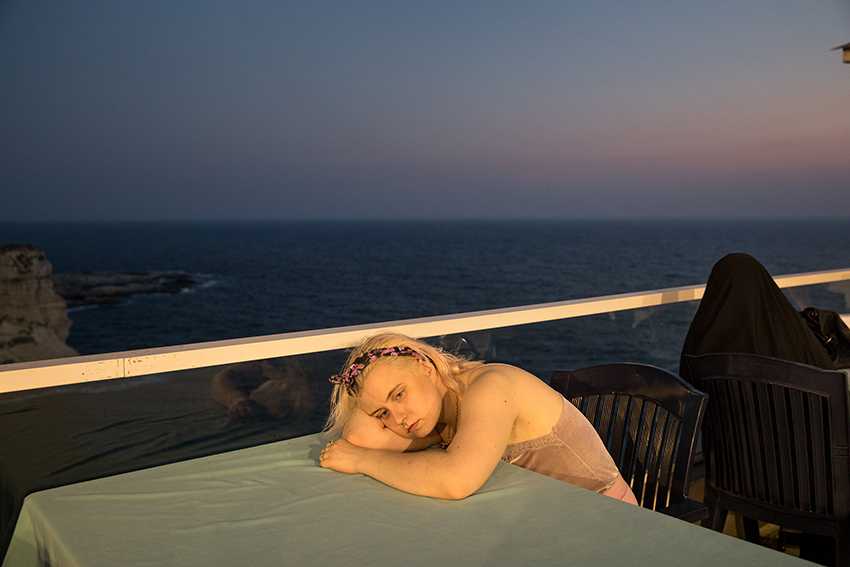ECHOES SHADES: AN INTERVIEW WITH PIOTR ZBIERSKI
CREDITS
GUP Author
ALEX BLANCO
In Echoes Shades Piotr Zbierski (b. 1987, Poland) focuses on people living close to nature and communities cultivating primordial rituals. The artist’s spiritual approach to photography has caught the attention of many world-famous museums, including the Kiyosato Museum of Photographic Arts (KMoPA), Japan. One of its key programs is the Young Portfolio (YP), organised since the museum opened in the late 90s. Their aim is to support talented photographers from around the world under the age of 35, and several of Piotr’s work have meanwhile been added to the museum’s remarkable photography collection.
Piotr has been cooperating with the museum since 2011, which means that they recognised his potential as a talented photographer from the very start of his career. For the occasion of being one of the selected photographers of this year’s edition of the KMoPA acquisition, we asked Piotr a few questions about his take on photography.
Piotr, you obviously have a special relation with the Kiyosato Museum of Photographic Arts…
Nature, spirituality and intuition are highly valued in Japan and they are also important elements of my work. It touches on the human relationship and how we live with nature, old traditions, tribes, communicating with ancestors and being close to beliefs, etcetera. I don’t think it should be understood, in a rational sense, but rather felt and interpreted in multiple ways. There is no doubt that my photography intertwines with the Japanese philosophy of being and therefore, it speaks to the Japanese audience.
Tell us about your photographic routine
I photograph so photography can become a natural part of my life, so that a camera can become an extension of my eye. It should become embedded in my behaviour in a way that allows me to forget about technical aspects and all the equipment. I have a set of ideas, on what I want to photograph, but my projects are always shaped by reality and then I just anticipate on what is happening around me. I also listen to my inner voice a lot and always go after things or situations that are calling me. When it comes to the decisive moment, the most important thing is to stay present as if there is no camera around.
I photograph so photography can become a natural part of my life, so that a camera can become an extension of my eye”
In your opinion, what medium suits your work best?
I usually have three forms of presentation for each of my projects: an exhibition, a book and a slide show – with the latter being one of the most significant for me. I collaborate with a music band from Poland and together, we organise live performances including a slide show of my work. This partnership results in a truly unique audio-visual experience which transmits my message even better than the medium of photography alone.
Patti Smith, the renowned artist, wrote a response to your previous book, Push The Sky Away. How did that happen?
I have been a great admirer of Patti’s work for quite a long time. She has been my favourite writer and musician, and just before I wrote her an email, I watched ‘Benjamin Smoke’ (2000), a film by Jem Cohen and Peter Sillen. I absolutely loved the way she reads the poem in that movie. Her lines had never left my head ever since. One day, I woke up and thought that it would be a great idea to send her the dummy of ‘Push The Sky Away’ and to ask for feedback. I never imagined that she would answer me back within a month, sending a poem and written compliments about my work.
Be open, be brave, be honest and constantly ask yourself: why the hell am I doing this?”
You also give workshops. What are the criteria to apply?
Usually, I organise workshops for the students of a Polish art schools together with the designer of ‘Push The Sky Away’, Bartłomiej Talaga. We then gather in some small place, talk about photography, share references and exchange opinions. Because the workshops are organised with the help of public funding it’s free of charge. This initiative really fits my concept of art being accessible to everyone.
Do you have an advice for young aspiring photographers?
Be open, be brave, be honest and constantly ask yourself: why the hell am I doing this? Publicity, fame, awards, exhibitions, all that might be valuable in a way. But it won’t really add anything to the meaning of the work itself. Despite any success or failure, you should never forget to stay committed to the statement you aim to communicate with photography.
Photography is my true passion, but I want to stay open – learn something new, expand my horizons”
What are your future aspirations?
Right now, I’m embracing my inner child, going back to that time when I was interested in so many different things. Photography is my true passion, but I want to stay open – learn something new, expand my horizons. In the past, I was a basketball player. Then, also a musician, although independent from the rhythm (laughing). Now it’s time for me to refresh and explore things still awaiting to be discovered.






